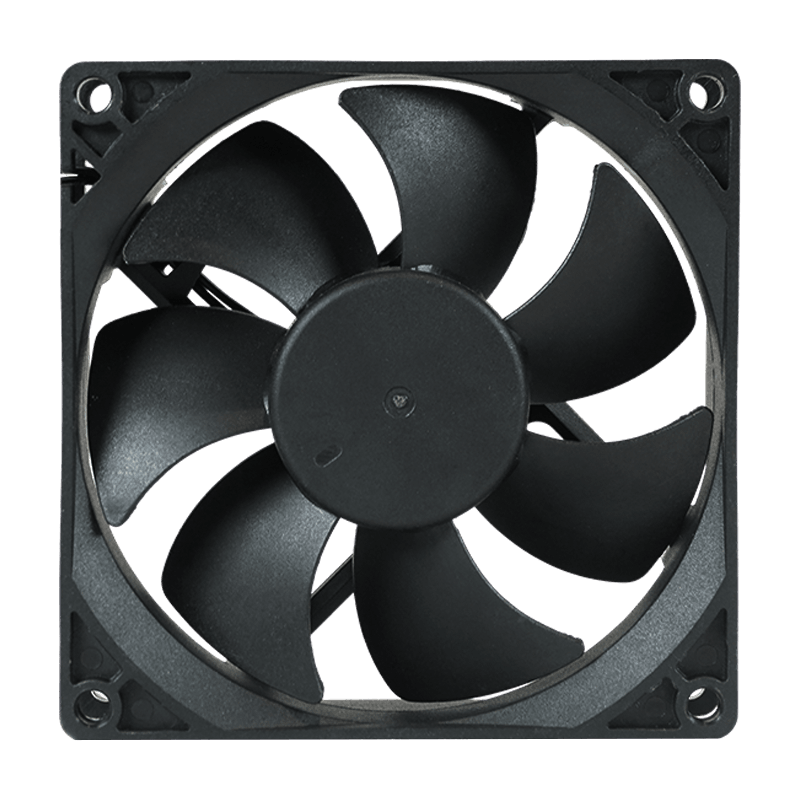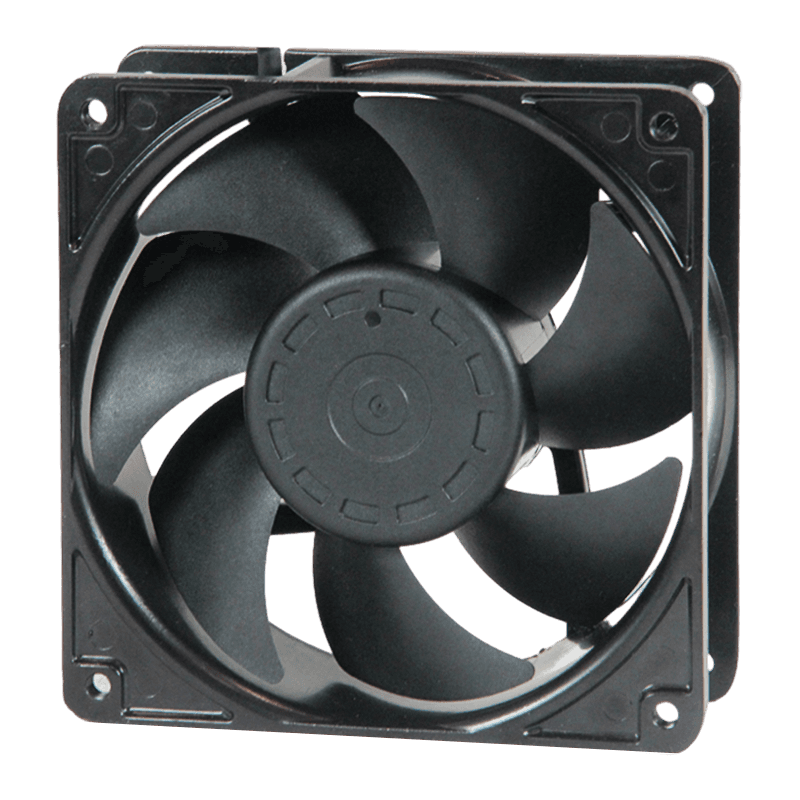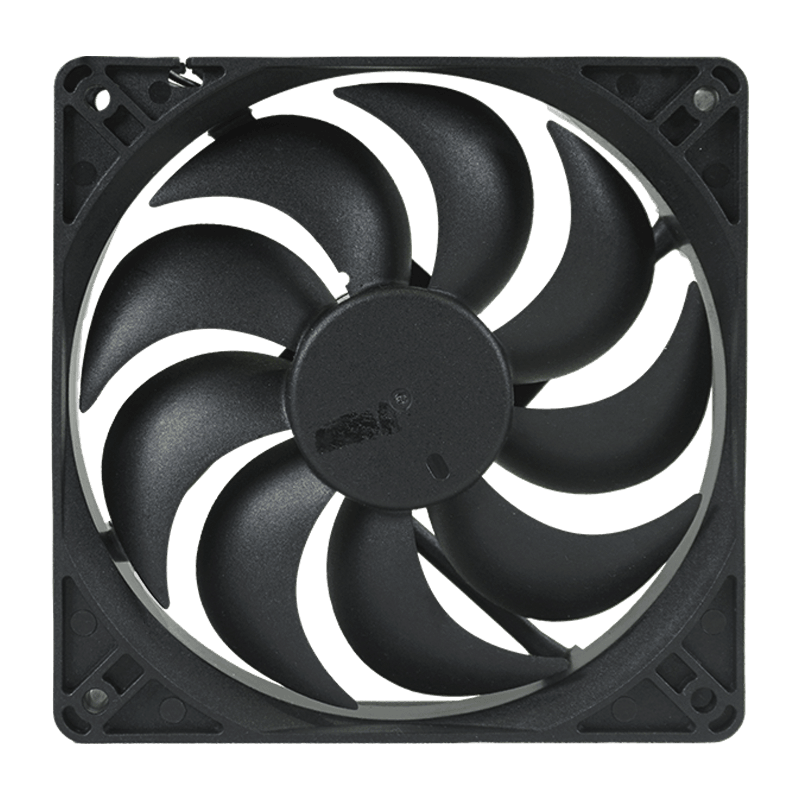220V cooling fans are essential devices for maintaining airflow and regulating temperature in a variety of environments, from industrial facilities and workshops to electronic enclosures and residential settings. These fans are designed to operate on 220V electrical systems, offering consistent power, reliable performance, and high efficiency.

Importance of 220V Cooling Fans
Cooling fans play a crucial role in preventing overheating, improving energy efficiency, and extending the lifespan of machinery and electronic equipment. In industrial settings, consistent airflow helps maintain stable operational conditions for motors, transformers, and production machinery. In residential or commercial spaces, cooling fans enhance comfort by circulating air and reducing temperature buildup. Using 220V fans ensures compatibility with high-voltage power systems, making them suitable for heavy-duty applications and long-term use.
Key Characteristics of 220V Cooling Fans
Several features define the performance and suitability of 220V cooling fans:
1. Voltage and Power
220V cooling fans are designed to operate efficiently on standard 220V electrical circuits. They typically offer higher power output compared to lower voltage fans, which allows them to move larger volumes of air and maintain consistent airflow under continuous operation.
2. Airflow Capacity
Airflow capacity, usually measured in cubic meters per hour (m³/h) or cubic feet per minute (CFM), determines how effectively a fan can cool a space or equipment. Fans with higher airflow are ideal for larger areas or applications requiring rapid heat dissipation.
3. Blade Design and Size
The blade design affects the fan’s efficiency, noise level, and airflow direction. Larger blades generally move more air at lower speeds, reducing noise. Different blade angles and shapes optimize performance for specific applications, such as ventilation, exhaust, or cooling electronic components.
4. Noise Levels
Noise can be an important consideration depending on the application. Many 220V cooling fans are designed to minimize operational noise while maintaining high airflow. Noise-reducing blade designs, balanced motors, and vibration-dampening mounts contribute to quieter operation.
5. Durability and Materials
Durable materials, such as high-grade plastic, aluminum, or steel, ensure long-term performance. Corrosion-resistant coatings or stainless steel components enhance reliability in humid, dusty, or industrial environments.
6. Motor Type and Efficiency
220V cooling fans are available with different motor types, including AC, shaded-pole, and three-phase motors. The choice of motor influences energy efficiency, operational lifespan, and suitability for continuous or intermittent use. Efficient motors reduce power consumption while providing reliable airflow.
7. Mounting Options
Fans can be mounted in various configurations, including wall-mounted, ceiling-mounted, or inline duct installations. Some models also feature adjustable stands or brackets for portable applications. Proper mounting ensures airflow direction and stability.
Types of 220V Cooling Fans
Several variants of 220V cooling fans are available, each optimized for specific applications:
1. Axial Fans
Axial fans move air parallel to the axis of the fan blades. They are suitable for general ventilation, exhaust, and cooling applications where high airflow at low pressure is sufficient.
2. Centrifugal Fans
Centrifugal fans move air perpendicular to the axis, generating higher pressure for applications such as ducted ventilation systems, air handling units, and industrial machinery cooling.
3. Exhaust Fans
Exhaust fans are designed to remove hot air, fumes, or moisture from enclosed spaces. They are commonly used in kitchens, workshops, and industrial facilities to maintain air quality and temperature control.
4. Inline Duct Fans
Inline duct fans are installed within ventilation ducts to boost airflow over longer distances. They are efficient for large areas, HVAC systems, and spaces requiring uniform cooling.
How to Choose a 220V Cooling Fan
Selecting the right 220V cooling fan involves several considerations:
Determine the Application: Consider whether the fan is for general ventilation, equipment cooling, exhaust, or ducted airflow.
Assess Airflow Requirements: Match the fan’s capacity to the space or equipment size to ensure effective cooling.
Consider Noise Levels: For indoor or noise-sensitive environments, choose fans designed for quiet operation.
Evaluate Durability: Select fans with corrosion-resistant materials for industrial or high-humidity settings.
Check Motor Efficiency: Choose energy-efficient motors to reduce power consumption and maintain consistent performance.
Review Mounting Options: Ensure the fan can be installed safely and effectively for the intended location.

 English
English 中文简体
中文简体 عربى
عربى





